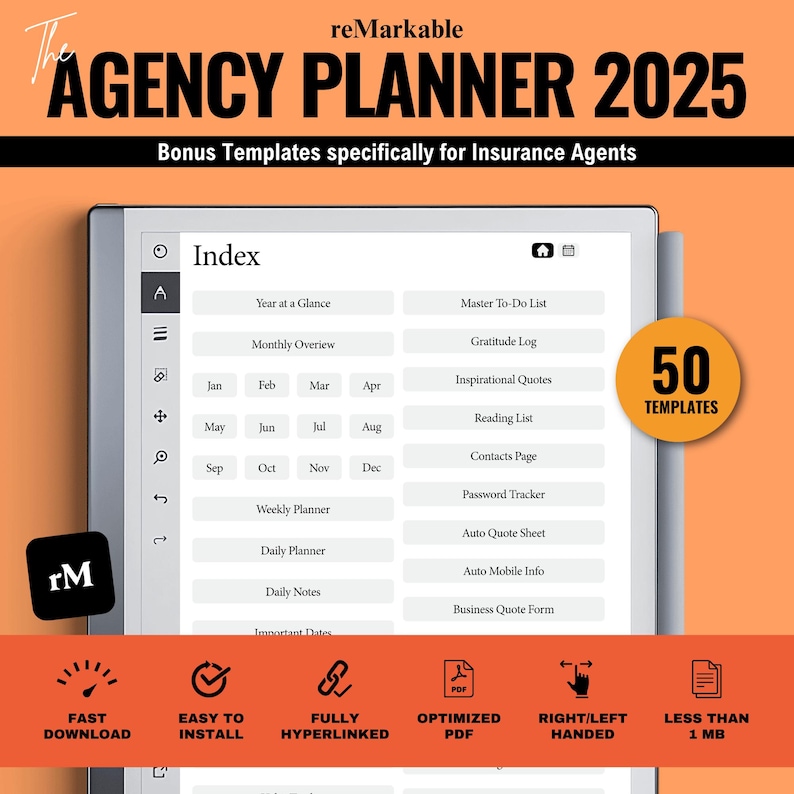When it comes to protecting your recreational vehicle (RV), understanding how insurance rates are calculated is key to finding the best coverage at a fair price. RV insurance rates can vary widely, influenced by a variety of factors that go beyond just the make and model of your vehicle. In this article, we’ll provide a clear breakdown of the elements insurance companies consider when determining your premium. Whether you’re a seasoned RVer or new to the lifestyle, gaining insight into how these rates are set will empower you to make informed decisions and potentially save money on your policy.
Table of Contents
- Understanding the Key Factors Influencing RV Insurance Premiums
- The Role of Vehicle Type and Usage in Rate Determination
- How Your Driving History Impacts RV Insurance Costs
- Smart Strategies to Lower Your RV Insurance Rates Effectively
- To Wrap It Up
Understanding the Key Factors Influencing RV Insurance Premiums
Several critical elements directly impact the cost of insuring your recreational vehicle. Insurers meticulously evaluate factors such as the type and age of the RV, with newer and specialty models often commanding higher premiums due to their replacement costs and repair complexities. Additionally, usage patterns—whether you use your RV seasonally, for long road trips, or as a full-time residence—play a significant role. The more frequently and intensively you use the vehicle, the higher the perceived risk, which can increase your rates. Your geographic location also matters, since areas prone to natural disasters or high traffic volumes typically experience elevated claims rates, prompting insurers to adjust premiums accordingly.
Besides these obvious considerations, personal factors can also influence premium calculations. Your individual driving record and claims history provide an insurer with insights into potential future risks. Maintaining a clean driving record and minimizing claims can substantially lower your insurance costs. Moreover, the presence of safety features such as GPS tracking, anti-theft devices, and fire suppression systems may yield discounts, demonstrating to insurers that you’re proactive about protecting your investment. Lastly, your chosen coverage limits and deductible amounts are pivotal; higher coverage tends to mean higher premiums, while opting for a higher deductible could reduce monthly payments but increase out-of-pocket expenses in the event of a claim.
The Role of Vehicle Type and Usage in Rate Determination
When it comes to determining your RV insurance rates, the type of vehicle you own plays a pivotal role. Insurance providers assess the design, age, and classification of your RV to better understand the potential risks involved. For example, a Class A motorhome, given its size and often higher replacement costs, typically faces different rate calculations compared to a travel trailer or fifth wheel. Additionally, specialized vehicles such as vintage or custom-built RVs might require tailored coverage, which can influence pricing. Understanding these distinctions helps insurers evaluate repair expenses, likelihood of claims, and safety features unique to each category.
Beyond the vehicle itself, how you use your RV is equally influential in shaping your premium. Rates vary significantly depending on whether your RV serves as a full-time residence, seasonal traveler, or weekend getaway vehicle. Insurers consider factors such as mileage, storage conditions, and frequency of use to gauge exposure. Typical elements that impact pricing include:
- Annual miles driven
- Primary location or region for parking
- Usage—leisure vs. full-time living
- Whether the RV is kept in a secured facility
By accurately reporting these details, you not only ensure proper coverage but can also discover opportunities to reduce your premiums.
How Your Driving History Impacts RV Insurance Costs
Your past driving record plays a crucial role in determining how much you’ll pay for RV insurance. Insurers meticulously review aspects such as traffic violations, accidents, and DUI convictions to assess the risk of insuring you. A spotless driving history often translates to lower premiums, as it signals responsible driving habits and reduces the likelihood of costly claims. Conversely, a record peppered with tickets or accidents can trigger higher rates because insurers anticipate a greater chance of future incidents.
When insurers evaluate your driving history, they focus on specific factors that impact risk assessment, including:
- Frequency and severity of previous claims or accidents
- Types of moving violations (e.g., speeding vs. reckless driving)
- Time elapsed since the last incident
- Consistency in maintaining a clean record over the years
Understanding these elements can help drivers proactively improve their profiles and negotiate better insurance deals. Ultimately, maintaining a clean driving record is one of the most effective strategies to keep RV insurance costs manageable without compromising coverage quality.
Smart Strategies to Lower Your RV Insurance Rates Effectively
Reducing your RV insurance premiums doesn’t have to be complicated. One of the most effective methods is to maintain a clean driving record. Insurers highly prioritize your driving history, as fewer accidents and violations translate to lower risk. Additionally, choosing an RV with a smaller engine or lower value can significantly reduce base rates. Insurance companies consider both the value and the power of your vehicle when assessing risk, so opting for a more modest model can pay off in savings.
Another smart approach is to bundle your RV policy with other insurance types, such as auto or homeowners insurance. This often unlocks discounts that insurers readily offer to multi-policy holders. Don’t overlook the value of installing safety and anti-theft devices like GPS tracking or alarms, which can also help lower your premiums. Finally, consider increasing your deductible sensibly; while it means more out-of-pocket costs after a claim, it directly reduces your monthly or annual premiums, making it a strategic trade-off for many RV owners.
- Maintain a clean driving record
- Choose a smaller or less powerful RV
- Bundle insurance policies for better rates
- Install safety and anti-theft devices
- Opt for a higher deductible to reduce premiums
To Wrap It Up
Understanding how RV insurance rates are calculated empowers you to make informed decisions and find the best coverage for your needs. By considering factors like your RV’s type, usage, location, and your personal driving history, you can better anticipate costs and tailor policies accordingly. Remember, investing time in comparing quotes and asking the right questions can lead to significant savings and peace of mind on the road. Whether you’re a full-time traveler or weekend adventurer, knowing the ins and outs of RV insurance ensures you’re protected every mile of your journey. Safe travels!






